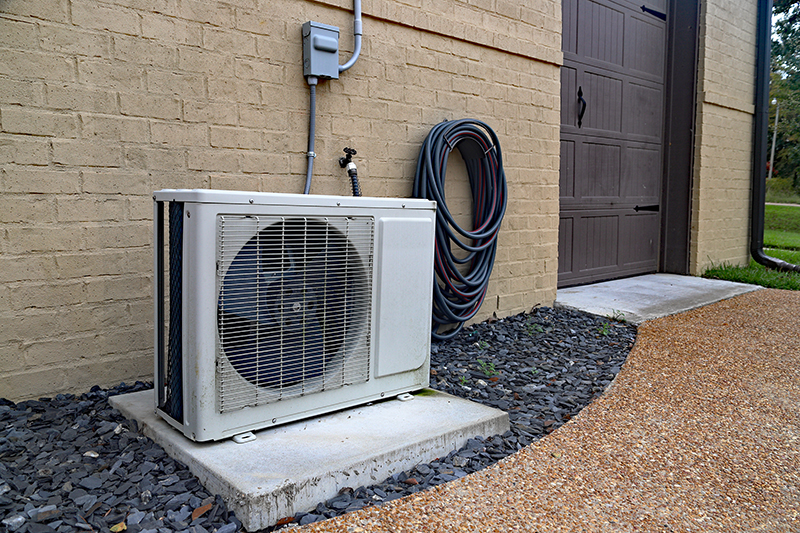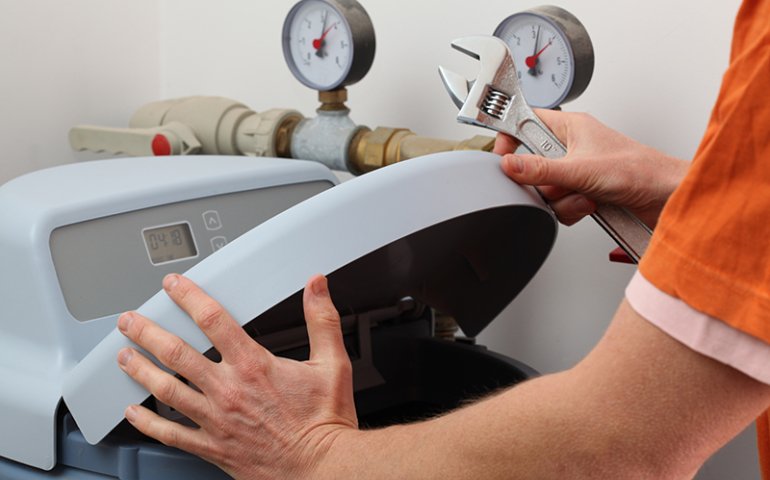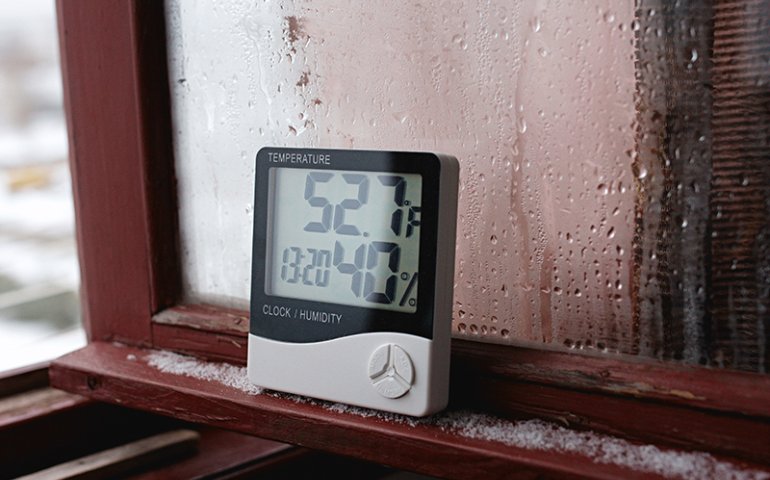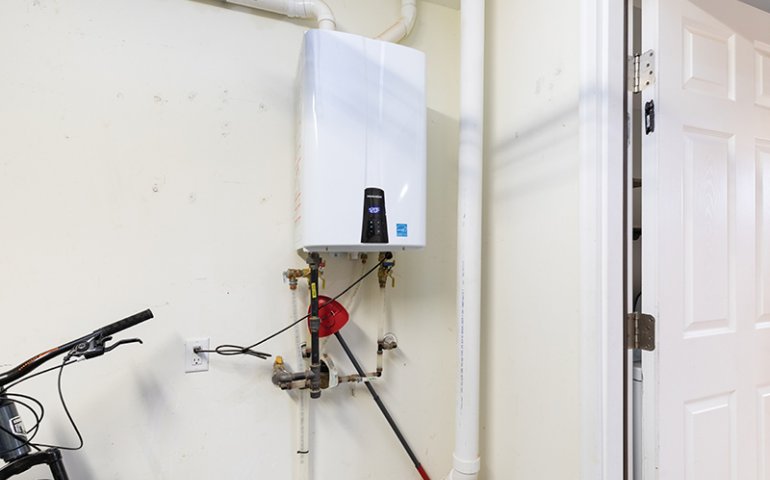The Role of HVAC in Architectural Design
HVAC systems play a vital role in creating comfortable and energy-efficient indoor environments. When it comes to architectural design, the integration of HVAC systems is crucial. The design of a building can impact the effectiveness of HVAC systems. In this blog, we will delve into the role of HVAC in architectural design and explore the types. We also highlight the best HVAC system choices for different types of houses.
How Architectural Design Affects HVAC System Installation
Architectural design has a direct impact on the performance of HVAC systems. The orientation of a building affects how it interacts with the sun and winds. Orienting a building can optimize natural light exposure. This reduces solar heat gain and influences air circulation. These factors can impact the load on HVAC systems, system size, and location. The quality of insulation, windows, and doors also affects its energy efficiency. A well-insulated home limits heat transfer and air leakage. This reduces the load on the HVAC system. The height of ceilings and room layout impact the airflow of conditioned air. Ceiling height can affect the system's ability to deliver conditioned air. Room layout can influence the distribution of air and the need for zoning.
Types of HVAC Installations for Homes
Different types of HVAC installations are available for homes. This depends on various factors such as building size, climate, and design preferences. Central HVAC systems are a popular choice for many homes. They consist of a unit that provides both heating and cooling through the ductwork. Central systems are suitable for larger homes or those with different floors. They offer consistent temperature control throughout the house.
Ductless mini-split systems are ideal for homes without existing ductwork. They can also work for those seeking individual room control. These systems consist of an outdoor unit connected to one or more indoor air handling units. They provide zoned heating and cooling, allowing for personalized comfort in the home. Heat pump systems are versatile options that can provide both heating and cooling. They extract heat from the air or ground and transfer it indoors during winter. It then reverses the process for cooling in summer. Heat pumps are energy-efficient and well-suited for moderate climates.
Best HVAC System Choices for Different Types of Houses
The best HVAC system for a particular type of house depends on factors such as size, climate, and design. Consider the following recommendations.
- Single Family Homes. For single family homes, a central HVAC system is often a suitable choice. This is due to its ability to provide consistent heating and cooling throughout the home. Proper ductwork design and sizing are essential to optimize airflow and efficiency.
- Multi Family Buildings. In multi-family buildings, central HVAC systems and ductless mini-split systems are best. Central systems can serve common areas. Individual units can have their own ductless mini-split systems for personalized comfort.
- Historic or Retrofit Buildings. Historic or retrofitted buildings may have limitations on modifying the existing structure. This makes ductless mini-split systems an excellent option. These systems offer installation flexibility without compromising the architectural integrity of the building.
Contact Us
Architectural design plays a crucial role in HVAC system installation and performance. Considering HVAC requirements during the design phase can lead to more efficient systems. Regardless of the structure, choosing the right HVAC system is essential. By considering the HVAC system choices, homeowners and architects can create comfortable homes. If you need help finding the right HVAC system for your home, contact us today.






